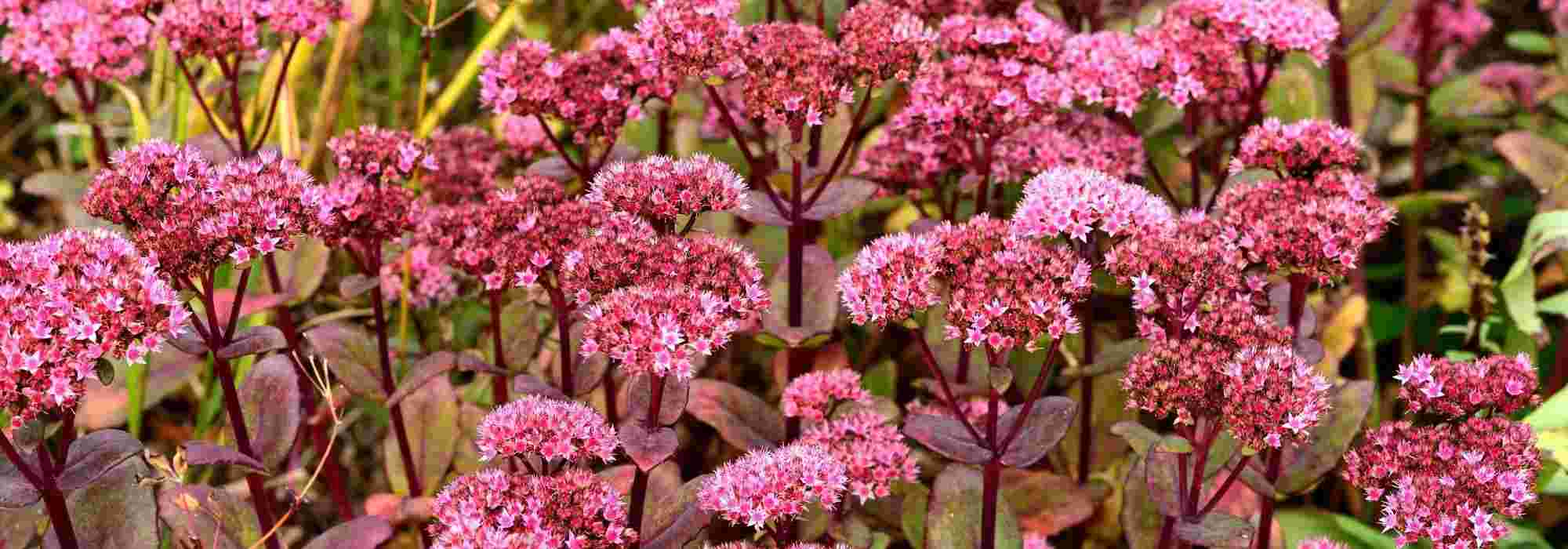
12 ultra-hardy plants for the garden
Planting tips
Contents
This time, I’ve had enough! Fed up with the broadfork! It’s the drop of water that pushes things over the edge! Between late frosts in the middle of June, summer drought, autumn floods, wild boar attacks or even meteorite falls… Verdict is clear: no plant stands a chance in your garden. Only one solution: opt for ultra-resilient plants, indestructible, unkillable! Plants that aren’t fazed by an aphid attack… that laugh at going from frost to a heatwave in barely two weeks… that laugh when they see you cut them back to the ground just before flowering or simply don’t care about your soil’s composition or its pH. In short, plants I call ultra-badass!
But what exactly is a resilient plant?
It’s fairly simple: a resistant plant must… withstand everything and be almost indestructible.
To deserve that title, it must :
- be not, or only slightly, susceptible to diseases or parasitic organisms;
- possess rock-solid hardiness, at least down to -15°C;
- show increased resistance to drought;
- withstand gardener mistreatment: pruning at inappropriate times, forgotten waterings…
- endure climatic hazards: sudden temperature changes, storm, thin,
- be unaffected by atmospheric or soil pollution;
It must also be adaptable and trouble-free and therefore :
- require little or no care;
- display a wide tolerance regarding soil, pH, and even exposure.
In short, it must fend for itself to offer you the best in your garden.
Very easy to grow, reliable plants have been planted in gardens for decades, sometimes longer. But don’t assume they are ugly or ordinary for that reason! Almost all are remarkable for their flowering, foliage, structure or branches.
Of course, it’s difficult to compile an exhaustive list of resistant plants in a single short article… Here is my selection nonetheless!
Sedum Herbsfreude, ultra-hardy
The sedum ‘Herbstfreude’ (or ‘Autumn Joy’) is easier to grow than to pronounce… This succulent plant (which contains juice, don’t imagine it is edible!) resists cold, lack of water, diseases, … You can plant it in full sun or partial shade, in any soil. Its only two minor worries are deer attacks, which relish the leaves, and having its feet in water in winter. Apart from that, it is a carefree plant.
In the garden, you can pair it with grasses or somewhat “wild” perennials for a border with a very natural look. Following its autumn flowering of a lovely claret red, the seeds add a touch of rust colour in autumn and, throughout winter, bring pleasure to some birds, notably the Dunnock.
Geranium 'Rozanne', tireless
If you could only plant one hardy geranium in the garden, ‘Rozanne’ would undoubtedly be a wise choice. It flowers continuously from June through to autumn and delights with a multitude of blue flowers. It likes sun but tolerates shade very well. It is actually a little more attractive in partial shade. Although it prefers light soil, a heavy clay soil does not deter it. It grows quickly and, over time, forms pretty, slightly bushy tapetum. Only drawback: it tends to suffer a little from heat in the south of France; in that case, favour planting in shade, well protected under trees.
Bergenia, or shoemaker's plant, super hardy
Evergreen flowering perennial once essential, the Bergenia cordifolia became a victim of its own success. No one wanted to have this plant any more; it had been planted far too often in the past. But some new, smaller and more colourful varieties and hybrids appeared on the market and rekindled a perfectly legitimate enthusiasm for this indestructible perennial. It grows and flowers in any soil and in any exposure; avoid only very dense shade. It propagates remarkably well via its rootstocks and eventually forms a very dense tapetum, ideal in places where almost nothing else would grow. Bergenias fear no disease and only one or two slugs sometimes manage to make a small hole in its large evergreen leaves at the start of a slightly damp spring. Needless to say, the plant couldn’t care less…
Stachys byzantina, soft to the touch but virtually indestructible
Stachys byzantina’s little nickname is “rabbit’s ear” or “bear’s ear” because its fuzzy leaves, to the touch, recall softness of rabbit ears (for the bear, we haven’t tested…). This pretty groundcover plant withstands both severe cold and summer drought in any soil but, where possible, in well-drained soil. Its running stump has rapid growth and you can use the bear’s ears as groundcover in a sunny border, at the foot of roses or as an edging along a path.
Lesser periwinkle, charming but tough
Specialist in difficult situations, Petite periwinkle or Vinca minor grows in deep shade, in dry spots and among tree roots, even those of conifers. Unlike greater periwinkle, which often looks somewhat untidy, Petite periwinkle, however, grows in a dense tapetum of evergreen leaves, studded with star-shaped periwinkle-blue flowers in spring. It is hardly invasive and tolerates almost anything. Don’t hesitate to plant it in awkward or forgotten corners of the garden; it will form a charming, maintenance-free, trouble-free groundcover.
Geranium macrorrhizum, garden bulldozer
After a groundcover for sun and another for shade, here’s one… that couldn’t care less. Sun or shade, it doesn’t matter for the Geranium macrorrhizum. It still grows and flowers. Nothing stops it, not even roots of trees and bushes, practically the only plants it won’t smother. If you struggle to get rid of “weeds”, let loose a squad of Geranium macrorrhizum and they’ll take care of them for you… It is also very hardy and drought-tolerant.
Carex, indestructible grasses
Genus Carex includes nearly 1,500 species and all are extremely hardy (only Carex native to New Zealand do not withstand temperatures below -7°C: C. comans, C. testacea, C. buchananii). These sorts of “evergreen” grasses require no maintenance, no pruning, no fertiliser, no watering. In the garden, you can plant them in sun or shade and even in pots. They have no pests or diseases and tolerate drought fairly well. Carex make excellent groundcover beneath trees, at edges, in rockeries or in borders. In short, they are wonderful throughout the garden thanks to their wider range of colours than grasses.
Please note: for purists or botanists reading this. Carex do not belong to the family Poaceae, the true grasses, but to the family Cyperaceae.
Panic, supple and enduring
A true grass this time, upright panic or Panicum virgatum is a grass that treats us to a dazzling display in late summer as it takes on reddish‑purple hues. Very hardy, it adapts to all sorts of soils, even the poorest, and copes with drought once established, as well as large temperature swings or waterlogged soil. A fine modest-sized grass to plant in slightly ‘wild’ borders alongside asters, rudbeckia or Verbena hastata.
Cornus wood... colourful and hardy
Although all are surprisingly hardy, decorative dogwoods with coloured wood (not to be confused with flowering dogwoods such as Cornus kousa or Cornus florida) do not all have the same needs or tolerances. Indeed, Cornus sericea requires fresh to moist soil, while Cornus alba will suffer from excessive heat in southern France. By contrast, common dogwood or Cornus sanguinea is much more accommodating and will find a place in any garden in the country. It cares little for soil or exposure you give it (avoid deep shade, it would lose its colours), and will delight you with its autumn foliage and its orange or red twigs in winter. It is a bush that requires little maintenance (pruning every three years to preserve its colours) and does not suffer from any disease.
Yew with berries, an almost immortal conifer
Ideal for forming clipped hedges or topiary, the common yew or Taxus baccata is a native evergreen conifer renowned for its long lifespan. Its slow growth makes it ideal for gardeners averse to frequent pruning and it can even regrow on old wood. It resists disease and wind. It is very hardy and adaptable to all soil types. Its only weakness: it cannot tolerate having its roots in water and therefore dislikes potential flooding. Plant it in sun, partial shade or full shade. Its red berries appear only on female plants and, although toxic to us, are relished by birds.
Weigela, no-fuss flowering bush...
Hard to choose among all easy-to-grow flowering bushes but Weigela florida is clearly a must. Practically indestructible too, it thrives in full sun or partial shade. It grows in almost any well-drained soil and even tolerates calcareous soil. With golden, variegated and even purple leaves, and flowering that ranges from pale pink to deep purple depending on the variety, there’s bound to be a Weigela you’ll love!
Burning bush, a robust and highly prized spiny shrub
Pyracantha or firethorn bush is an ideal bush to place in a defensive hedge or as a topiary. It is a very hardy and very accommodating bush, both in terms of soil and exposure. And, apart from fire blight, it is susceptible to virtually no diseases. It is also an excellent bush for wildlife in your garden thanks to its melliferous flowers and berries, which delight birds in winter.
Did you know?
Each animal or plant species has a greater or lesser tolerance to variations in environmental factors (temperature (T°), humidity, soil, sunlight, …) of a natural medium it has colonised: this is called Ecological Valence. A species can tolerate very large ecological variations, i.e. have a high ecological valence; it is then said to be euryecious. The opposite is called: stenoecious. An euryecious species is therefore a very hardy plant. These are the plants that should be favoured in the garden, except invasive plants, euryecious by definition.
- Subscribe!
- Contents
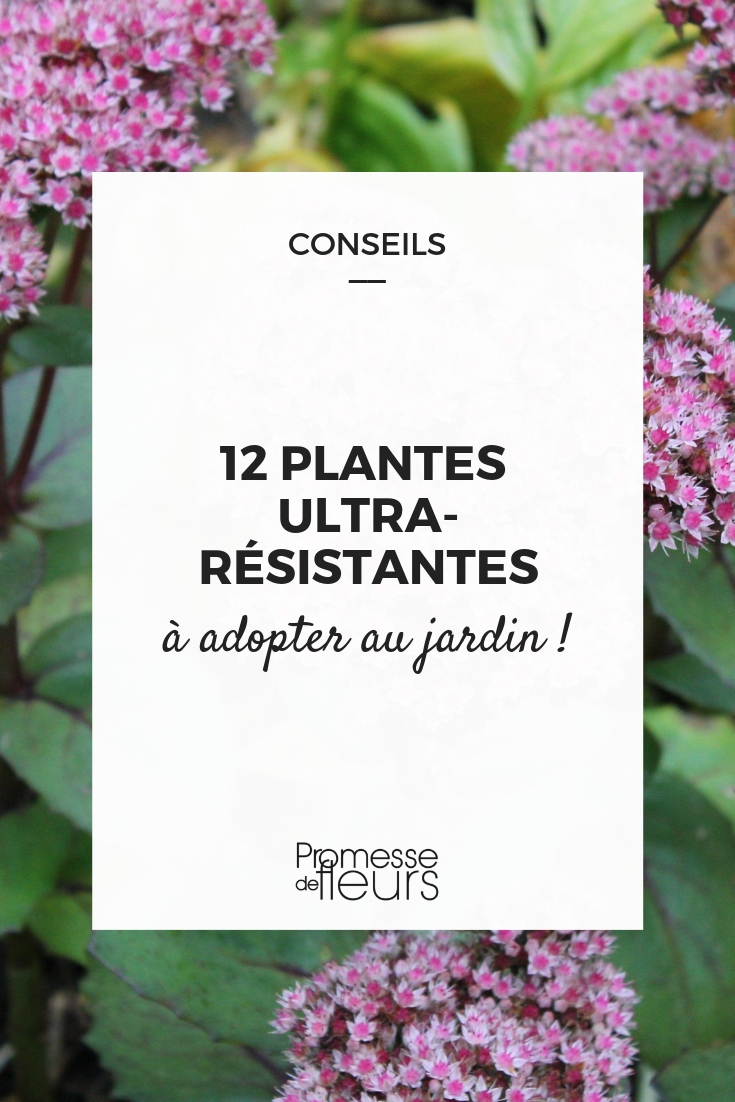
































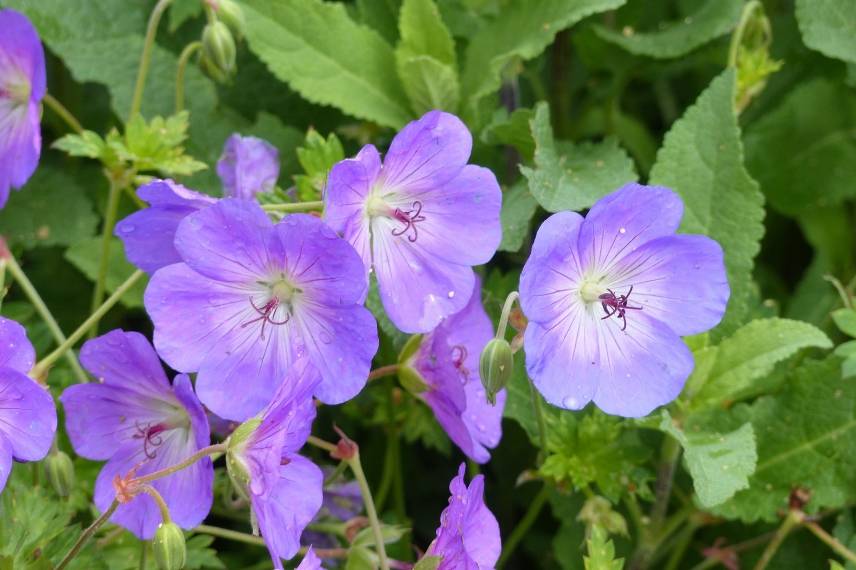
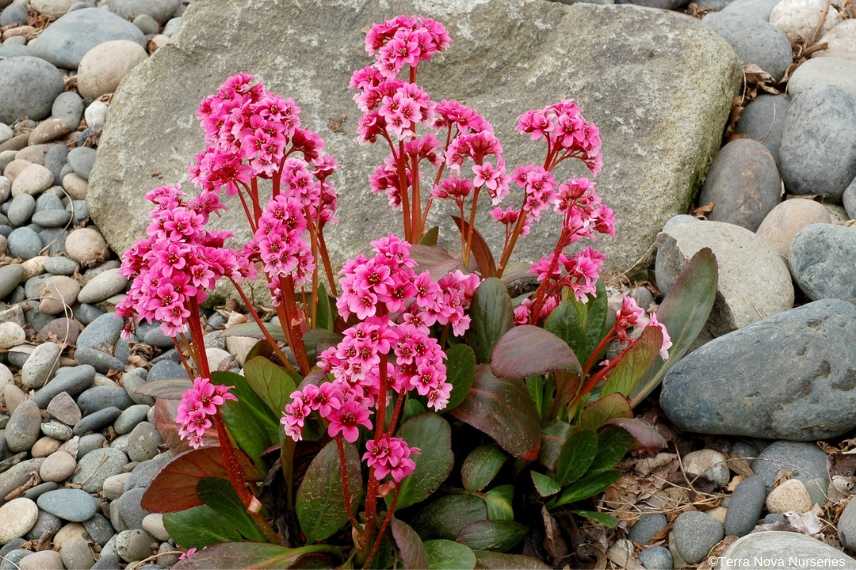
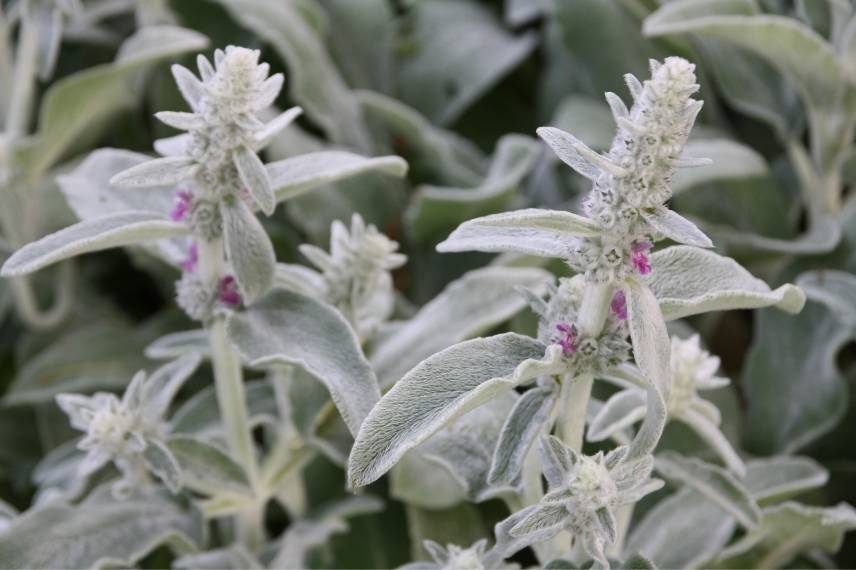

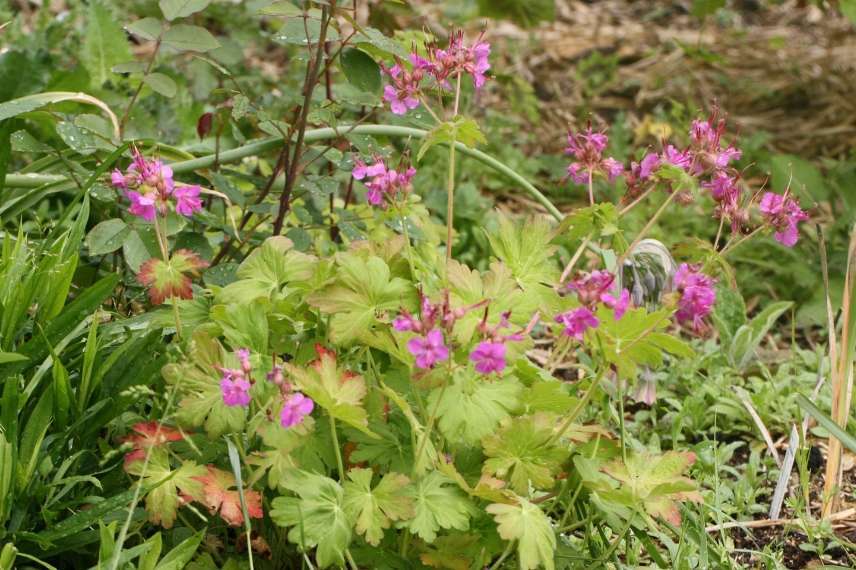
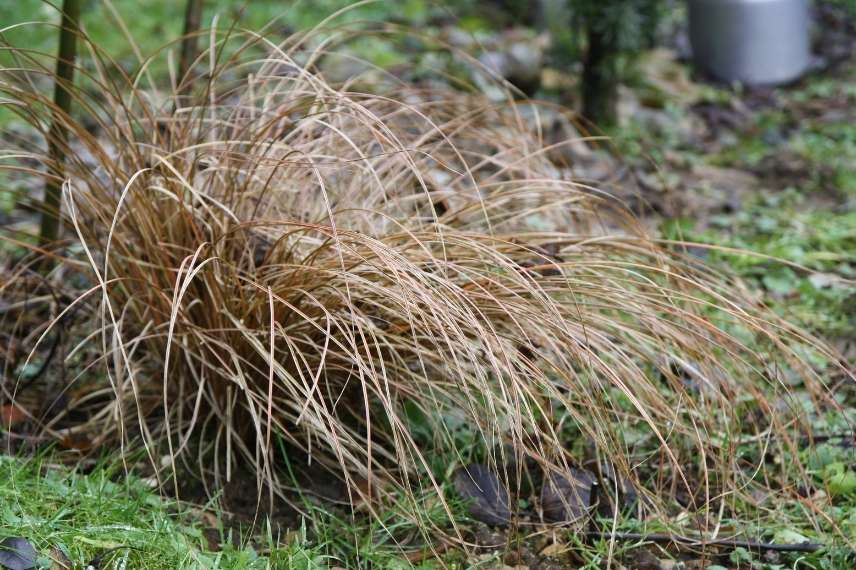
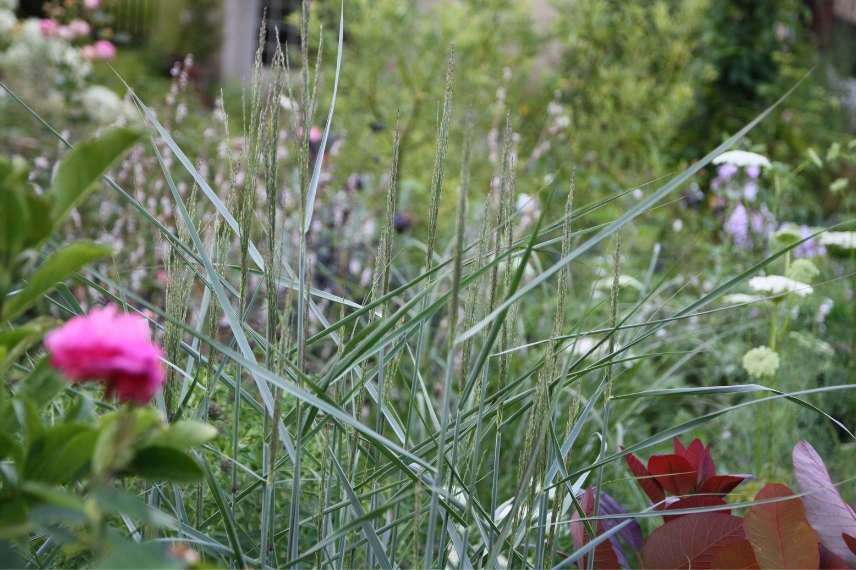
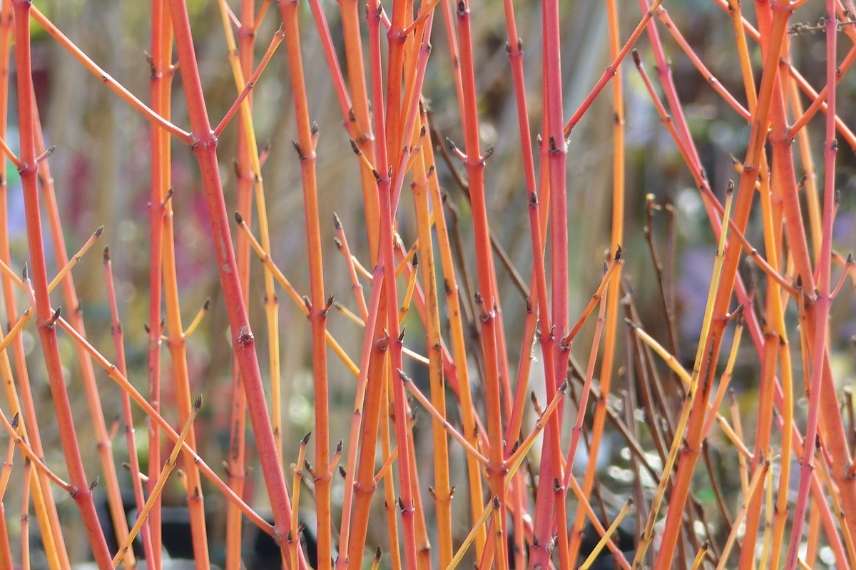
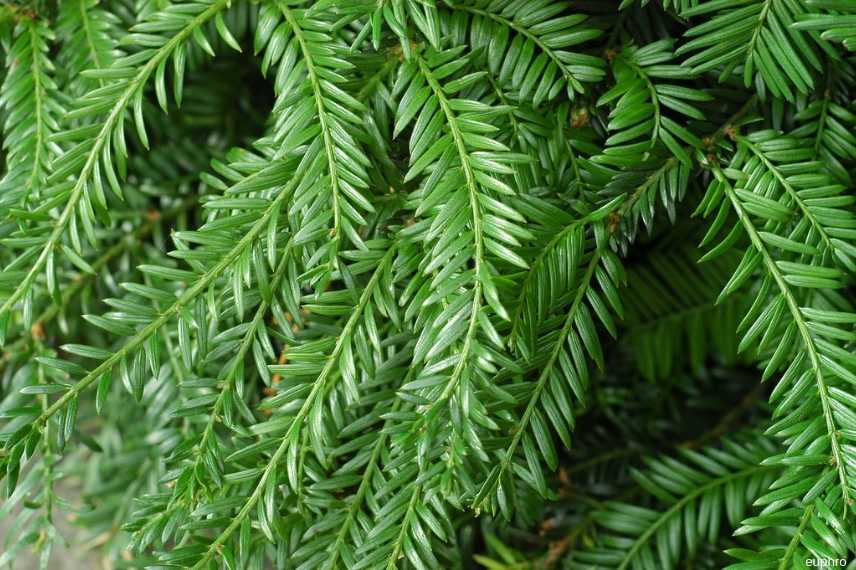
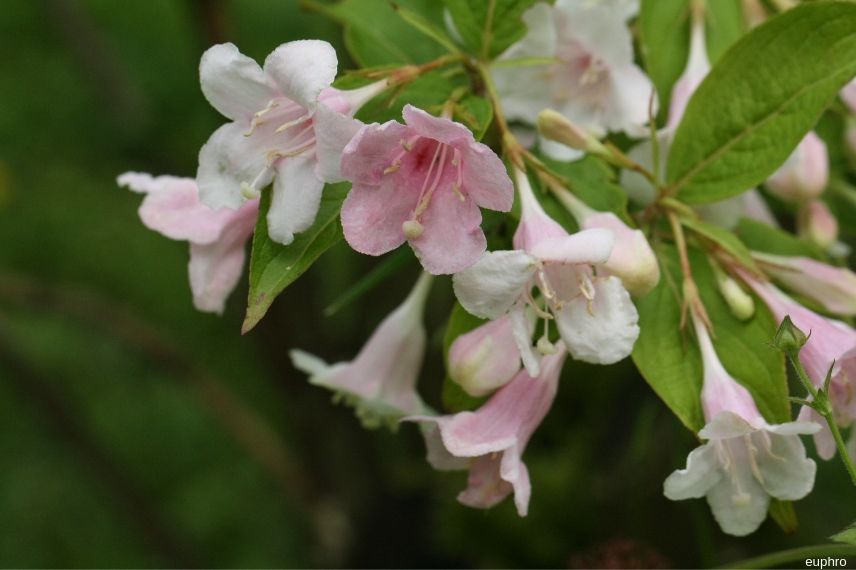
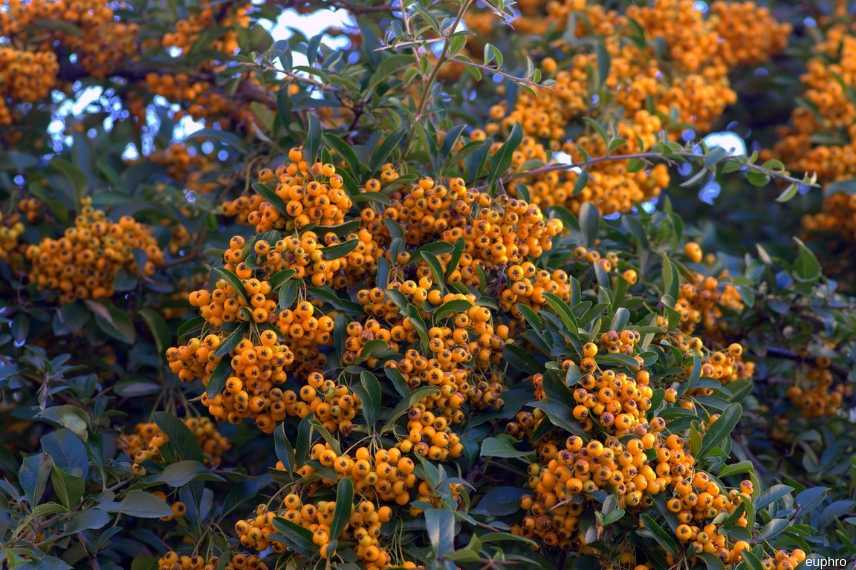
Comments